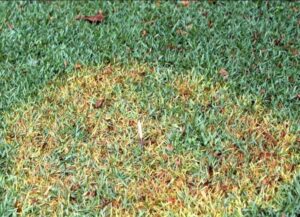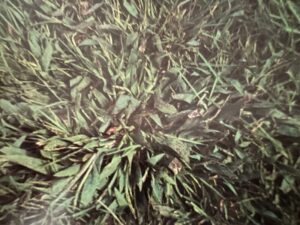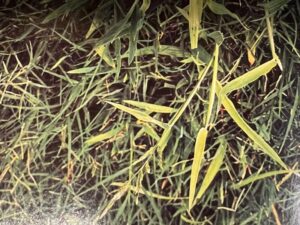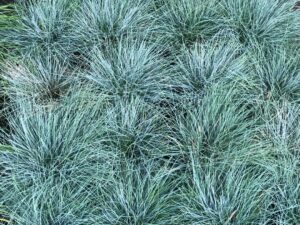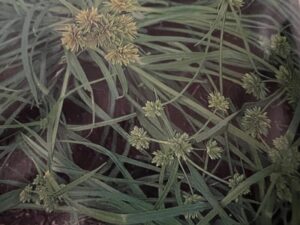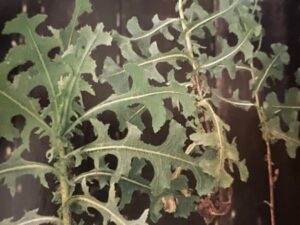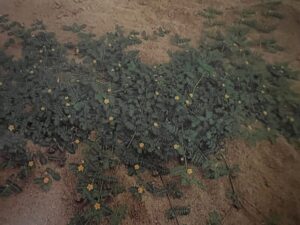Identify the type of grass and weeds you have and learn how to prevent and treat for them. Find out which grasses to plant in the southwest and how to make them thrive.
Showing all 11 results
-

Brown Patch
Brown areas or rings occur in warm weather in over fertilzed lawns with thick thatch layers. Treat with Fungaway.
-

Cupgrass
Also called wiregrass, cupgrass is native to southern Arizona. It has hairless stems, the leaf blades are flat and smooth, 1/2″ wide and 2-5 inches long. When mature Southwest cupgrass is 1-4 feet tall, bright green stems have two to five joints where rooting sometimes occurs. The flowering portion has … Read More
-

Grass Mite Damage
Grass mites thrive in warm, humid weather and over fertilized lawns with thick thatch layers. They suck sap from blades, stems and crowns causing grass to grow in tight rosettes. Grass turns yellow and brown, then dies. Test for mites by shaking grass clumps over dark paper; the light specks … Read More
-

Nut Grass
Nut grass has solid stems that are triangular in cross section. The leaves grow from the base in groups of three. It will thrive in water logged soil. There are two types, yellow and purple, identified by the flowering stem. Nut grass spreads rapidly. Remove when they are young by … Read More
-

Prickly Lettuce
Especially found in areas with dry soil, its leaves exude a milky juice when broken or pulled from the crown. It grows 1 – 5 feet tall from a deep taproot. The lower part of the stem is prickly or bristly, but it is nearly smooth toward the top. Pull … Read More
-

Puncture Vine
They have sharp, thorny burs that poke into tires, paws, and bare feet. Puncture vines are weeds found in lawns, gardens and along roadsides over much of the West. They germinate in the spring and grow rapidly forming a dense low mat 5 – 15″ in diameter. They have yellow … Read More
-

Pythium Blight
This common grass disease wilts turf in irregular, small, usually shaded patches that gradually increase in size to form large areas. Infected blades turn dark from watery secretions and mat together in greasy-looking spots caused by hot, humid weather, poor drainage, and over fertilization. Treat with Fungaway.
-

Rye Grass
Rye grass is a clumping grass used to seed lawns in the southwest during warm season grass dormancy. `Over The Top` will kill it in unwanted areas without killing other vegetation.


